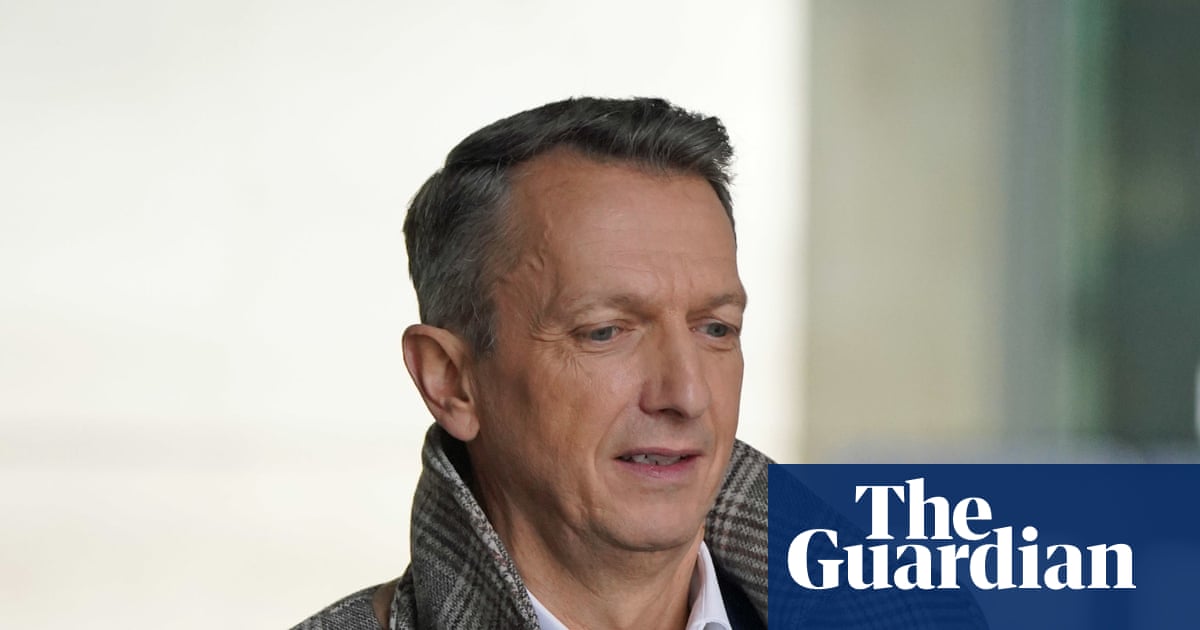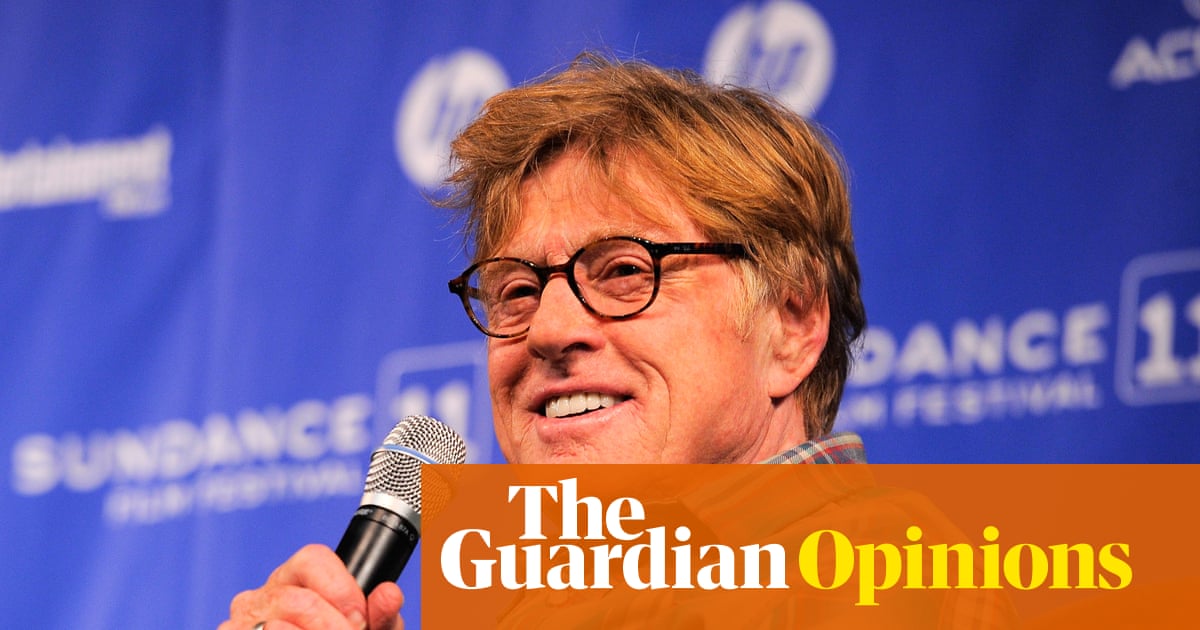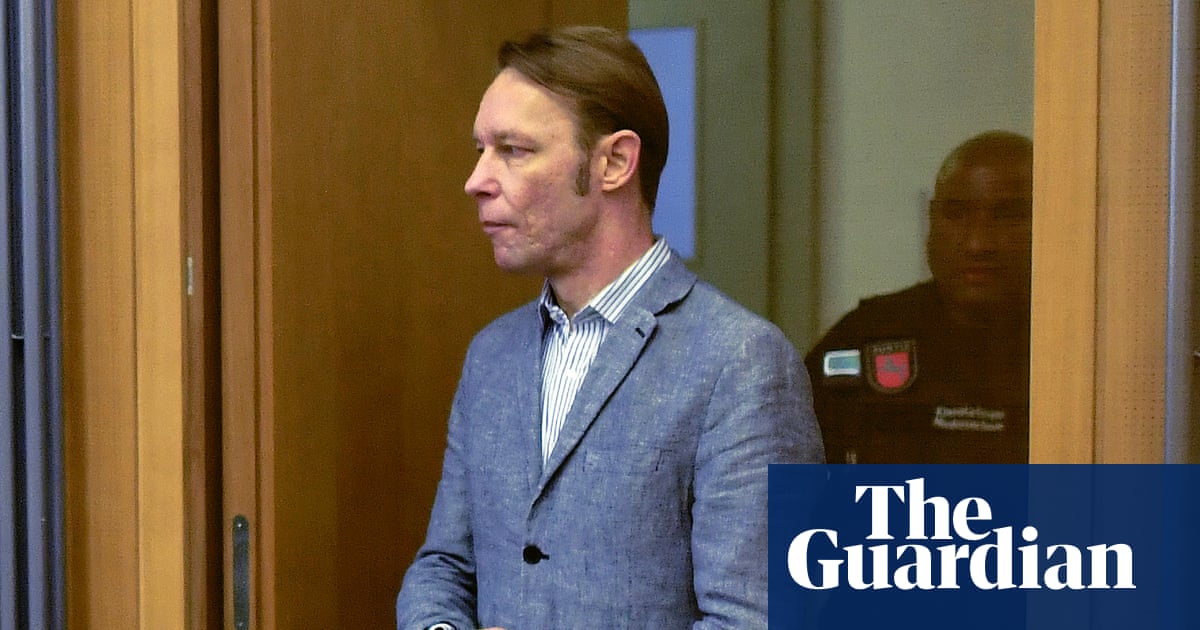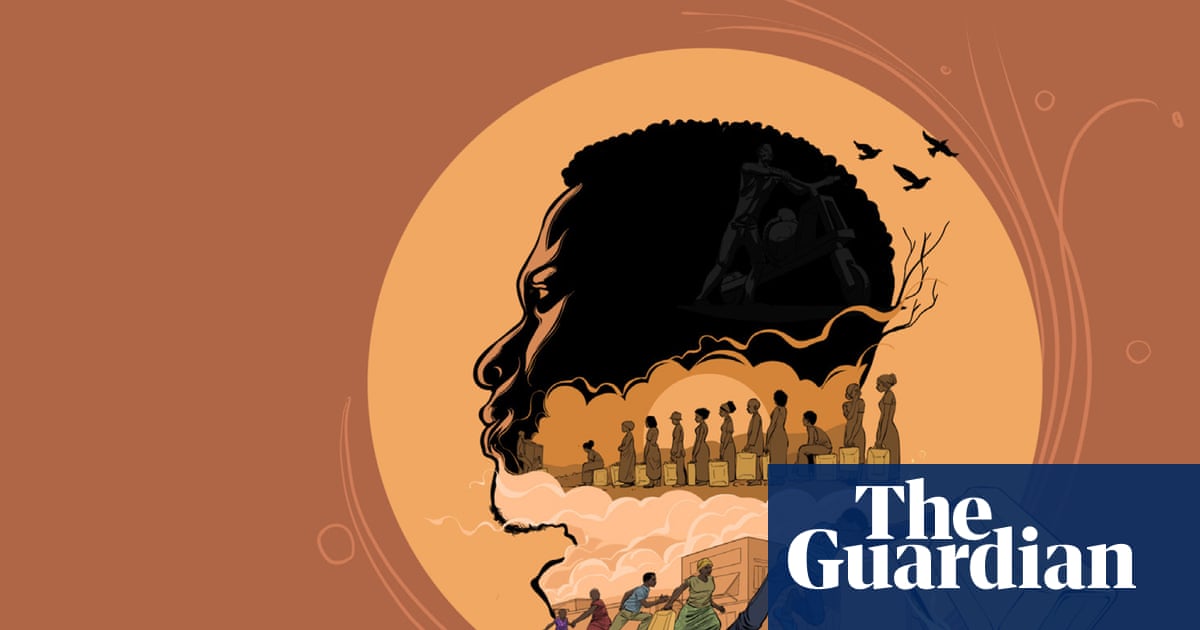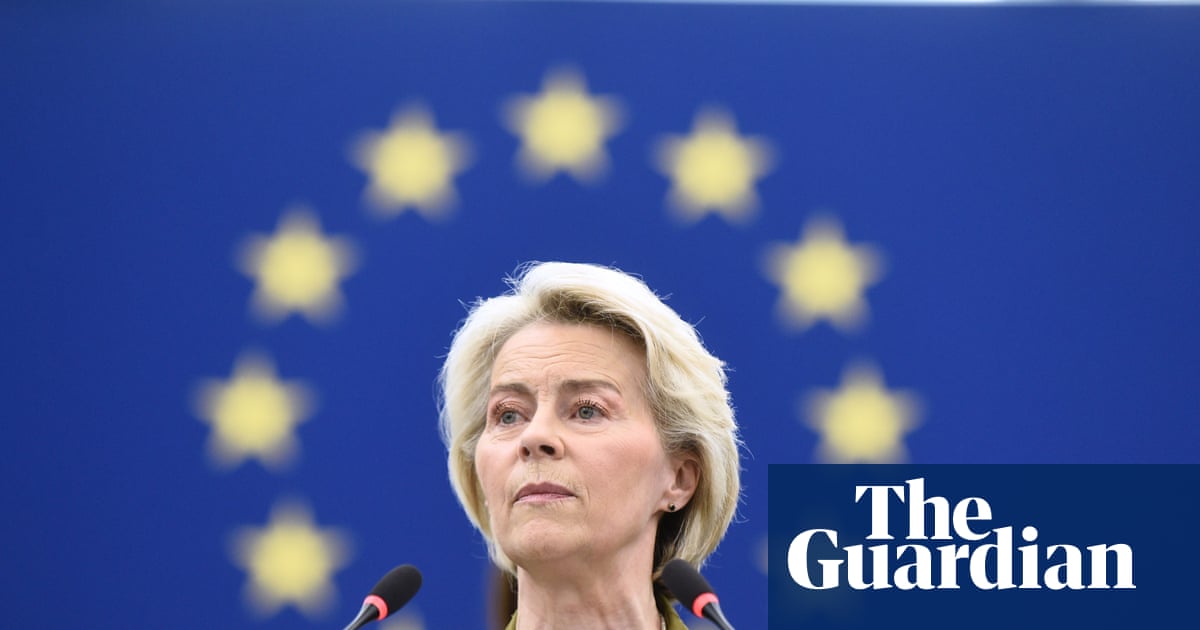When Eastbourne’s refuse collectors secured a huge 11% pay rise, increasing to 19% for the lowest paid, it seemed like worker power was back.
It was early 2022 and inflation was rocketing on its way to a peak of 11%. In a desperate scramble to keep pace with rising prices to protect their incomes, workers across the UK’s public and private sectors took widescale industrial action in a way that brought back memories of the 1970s. What followed was a series of pay deals thrashed out between bosses and employees, with unions often arguing they had been due pay increases for years.
Now, a similar scenario is playing out, though this time by stealth. The Bank of England has noted that wages have quietly continued to rise over the last year, and worries it could indicate a seismic and more long-lasting shift in the relationship between workers and employers. This week’s public sector pay awards were higher than ministers had previously said they could afford and outstripped higher than expected inflation – although the rise was labelled “derisory” by disgruntled doctors.
Relations between bosses and the rank and file in office jobs have already been frayed by a shift towards remote working caused by the pandemic, and then companies’ increasing insistence on more regular attendance at work.
Threadneedle Street policymakers have asked whether the wage increases indicate that the power balance has moved back in the direction of workers, allowing them to protect their finances regardless of the economic ups and downs, including the shocks of multiple wars and Donald Trump’s trade offensive.
Data from the Office for National Statistics (ONS) has gone some way to justifying this view. Using payroll data, the ONS said hotels and restaurants paid staff 8.5% over the year to April when inflation was 3.5%. Retail workers managed to secure an increase in median pay of 6.9% over the same period. The average across the economy in the year to April was 6.4%.
Last week, the central bank’s chief economist, Huw Pill, said the UK’s labour market was becoming less flexible, suggesting employers were no longer able to freely hire and fire as they once could.
Businesses, charities and public sector organisations have been laying off staff and freezing job adverts, but those staff who stay behind are being well-rewarded.
“I am quite sympathetic to Pill’s view,” says Ben Caswell, an economist at the National Institute of Economic and Social Research (NIESR).
Wages adjusted for inflation have returned to where they were before the cost of living crisis began in 2021. And the share of overall national income that is secured by workers rather than firms has also recovered to 2021 levels.
While the average pay figures disguise many winners and losers, Caswell says the aggregate figure showed most workers had benefited from inflation busting pay rises to recover lost ground.
He focuses on a slightly less up-to-date measure of pay-based employees’ average regular earnings over a rolling three-month period. This showed a rise in Great Britain that was still well above inflation at 5.6% in January to March 2025, though not as much as PAYE data shows.
Caswell says a series of minimum wage increases, closing the gap with the average wage, is also likely to fuel further pay rises as companies attempt to maintain a significant difference between the salaries of those on the bottom rung and the semi-skilled workers and middle managers above them.
Wage compression is a term that captures the pay squeeze. This year, the national living wage equates to about 57% of the average wage, up from 50% 10 years ago.
“There has been a compression of differentials that cannot be sustained. At some point soon the pressure on employers to reward workers higher up the pay scales will play out,” he says.
James Smith, research director at the Resolution Foundation, says the weakening economic outlook worked against a prolonged recovery in pay.
He said pay figures may be following the same trajectory as the Looney Tunes cartoon character Wile E Coyote, who would frequently pursue his prey off a cliff and continue to run without any visible means of support, before plunging to the rocks below.
Smith says: “If we believe that wages consistent with the Bank of England’s 2% target would be about 3.5%, then we are well above that level at the moment. And that would give the Bank good reason to be cautious about cutting interest rates.
“However, other pay surveys are showing earnings rising at a much slower rate, so the official figures might be a bit like Wile E Coyote and about to be brought down to earth.”
Emphasising the likely short-term nature of the current bumper pay rises, the Bank’s own regional agents, a network who monitor business conditions, say employers are limiting pay rises to between 3% an 4% by the end of the year.
The government is not planning to pay more than 4% to public sector workers on average, and next month’s spending review is likely to see departmental budgets squeezed.
There are also explanations for the possibly exaggerated pay increases in each industry over the last year.
Restaurants, cafes and hotels are known to employ a high proportion of minimum wage workers and the same applies to the retail industry, boosting pay this year, but most likely not next year or the year after when the legal minumum rises more slowly.
Construction workers enjoyed a 6.7% rise in earnings over the last year after a dire two-year period of recession in the buildings trade. Now that firms are gearing up to construct more homes as part of Labour’s pledge to build 1.5 million by the end of the parliament, it is easy to see why wages might be rising.
More broadly, the significant return to offices demanded by employers would appear to show that worker power has its limits.
If there is a paradigm shift in the labour market, Seemanti Ghosh, principal economist at the Institute for Employment Studies, says it was connected to a gold rush for digital skills.
She says employers needed to hold on to skilled staff and pay them more while they embarked on a search for workers who were more adaptable in an ever-changing work environment.
It amounts to an extra layer of cost to employers after increases to the minimum wage and national insurance contributions last month, as well as higher bills during what was dubbed “awful April”.
Ghosh said job adverts were hanging around unfilled for longer this year than in 2024, handing in-demand workers a pay premium when they secure a new role.
“If wage increases are not driven by negotiations with unions, then they are due to employers wanting to hang on to skilled staff,” she says.
“This matters for all companies that increasingly rely on soft skills for things like project management and tech skills in other areas. We also see it in the green sector, where there is a shortage of people with the skills the industry needs,” she says.
How much of this dislocation is systemic and will keep wages higher for longer is going to be a subject of debate for the rest of the year.
Pill said he wanted to keep interest rates elevated while the trends become clearer, believing there is less damage from higher rates than letting inflation runaway again.
Other members of the Bank’s monetary policy committee (MPC) disagree, arguing that businesses cannot invest in skills training while borrowing costs are prohibitively high. It’s a very different view of the labour market – one that focuses more on the scarring effect of more job losses and economic stagnation.
Pill’s colleagues on the MPC, Swati Dhingra and Alan Taylor, want rates to come down quickly, and a distinct split emerged when rates were cut this month.
Who wins the argument inside the central bank could well dictate whether workers or bosses have the whip hand in the great tussle over pay.

 3 months ago
148
3 months ago
148



